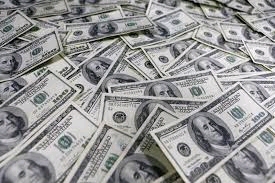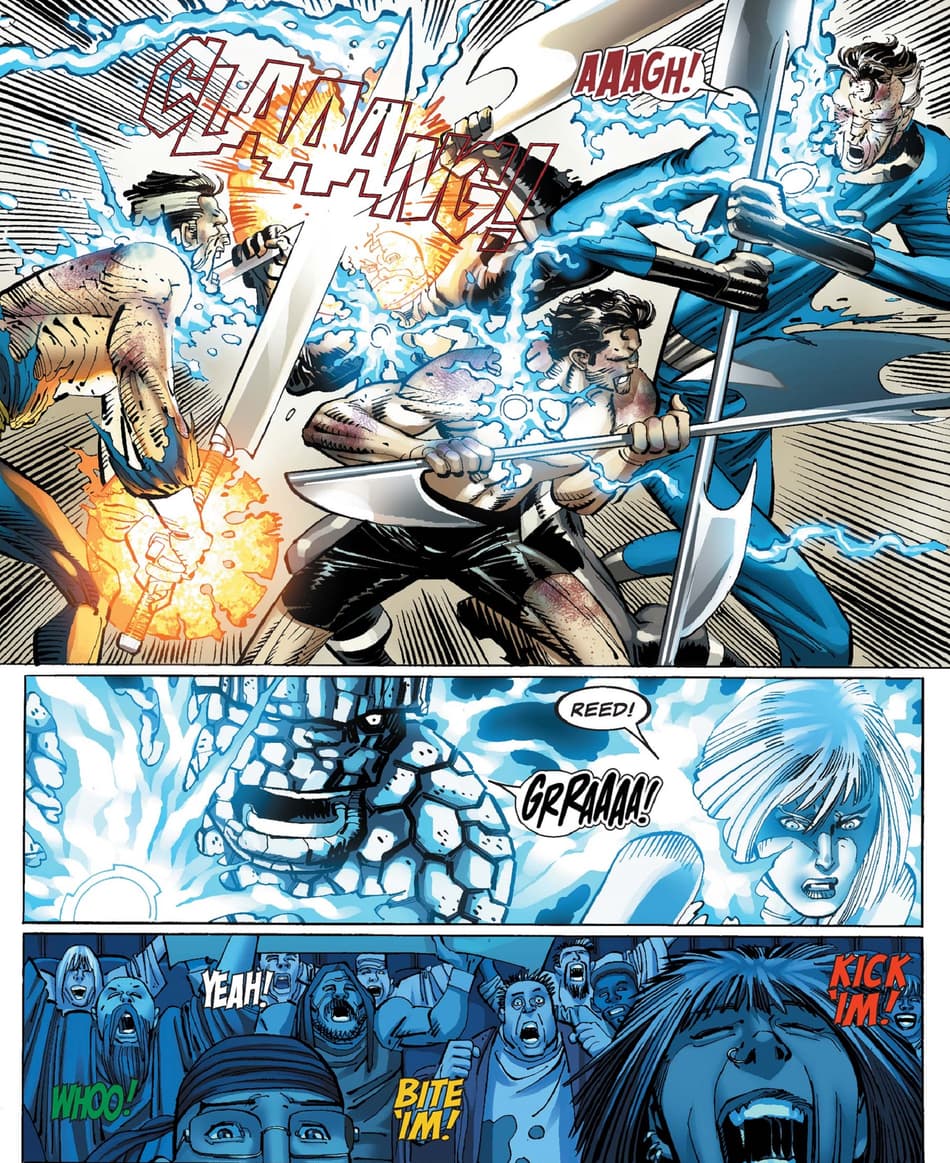Understanding the Steps of How to Become a Freemason with Simplicity
Understanding the Steps of How to Become a Freemason with Simplicity
Blog Article
Discovering the Mysteries of the copyright: What You Required to Know
The copyright, a term often shrouded in intrigue and conflict, represents a complicated tapestry of historical fact and contemporary myth. Established in the late 18th century, this secret culture was at first rooted in the Enlightenment's suitables yet has actually considering that come to be synonymous with conspiracy theory theories about elite control. As we browse the origins, crucial numbers, and the stark contrast in between myth and fact, one must consider exactly how these stories influence modern perceptions of power and secrecy. What could be disclosed via a better examination of these aspects could test long-held presumptions concerning the darkness that stick around in our society.
Origins of the copyright
The origins of the copyright are steeped in a mix of historical intrigue and ideological eagerness. Established in 1776 in Ingolstadt, Bavaria, by Adam Weishaupt, the team was originally created as a secret culture focused on promoting Knowledge suitables such as factor, secularism, and the splitting up of church and state. Weishaupt, a teacher of canon legislation, looked for to test the dominating authority of the church and state, which he considered as overbearing establishments suppressing intellectual and individual flexibility.

Trick Figures and Members
Who were the essential numbers that formed the copyright's very early influence and direction? The Bavarian copyright, established in 1776 by Adam Weishaupt, arised as a feedback to the oppressive societal structures of the time.
One more substantial number was Johann Gottlieb Fichte, a prominent philosopher whose ideas on nationalism and education resonated with the copyright's goals. Although Fichte was not an official participant, his thoughtful underpinnings influenced the group's belief. In addition, numbers like the author and thinker Johann Wolfgang von Goethe were related to the broader intellectual movements of the time, although their direct involvement with the copyright remains debated.
These essential numbers added to the copyright's very early instructions, pressing the borders of political and social idea, while their cumulative initiatives intended to challenge well established norms and promote a climate of progressive change in Europe.
Misconceptions vs. Fact
Several misconceptions border the copyright, typically blending truth with fiction in a means that covers its true nature. The idea that the copyright continues to put in significant impact over globe occasions is a misconception.
One more prevalent misconception is that the copyright makes up a network of elite people controling international affairs. Actually, lots of conspiracy concepts exaggerate the team's significance, connecting unfounded objectives to societal patterns and occasions. This has brought about an oversimplified view of intricate issues.
In addition, the portrayal of the copyright in pop culture commonly further distorts its heritage. Films and literature often tend to sensationalize the organization's function, developing a narrative that splits from historic facts. Comprehending the distinction between the myths and the truth of the copyright is crucial for discerning the authentic influence of this historical group and acknowledging the more comprehensive implications of conspiracy concepts in modern society.
Modern Interpretations
Contemporary interpretations of the copyright usually reflect wider social anxiousness and a fascination with secrecy and power. This contemporary lens often links the copyright with conspiracy theories that suggest a concealed elite coordinates globe events, manipulating federal governments and economies for join freemason their own gain. benefit of joining freemason. Such narratives use an ingrained distrust of authority, particularly in times of dilemma or social upheaval
In prominent society, the copyright is commonly shown as an omnipotent organization shrouded in mystery, leading to a huge selection of imaginary representations in literary works, film, and music. This portrayal serves not just to amuse however likewise to prompt thought of the nature of power and control in contemporary society. Social media has further amplified these analyses, allowing for rapid dissemination of conspiracy theories and developing areas that share and increase upon these concepts.
In addition, some modern-day analyses frame the copyright as a metaphor for the complexities of globalization and the interconnectedness of influential individuals and organizations. This viewpoint urges an essential exam of just how power dynamics run in today's globe, highlighting the balance in between transparency and secrecy in administration and business practices.
Social Effect and Legacy
Influenced by centuries of intrigue, the social effect and heritage of the copyright prolong far past its historical beginnings. This secret culture, developed in the late 18th century, has penetrated different elements of pop culture, from literary works and film to songs and art. The concept of the copyright has actually developed right into a sign of conspiracy theory theories, often standing for a perceived concealed power manipulating international events.
In literary works, authors like Dan Brown have actually woven the copyright into complex plots, exciting readers with motifs of secrecy and power. Films such as "National Treasure" and "The Da Vinci Code" even more bolster the appeal of the culture, blending reality with fiction to create appealing narratives.

Eventually, the copyright's tradition is a complicated tapestry of misconception and truth, shaping perceptions of secrecy and control in modern discourse. Its enduring presence in society highlights mankind's seasonal quest for recognizing covert facts.
Final Thought
The exploration of the copyright discloses a complicated interaction between historic truths and modern-day myth-making. Established in the Knowledge era, this culture intended to challenge overbearing structures, yet its tradition has actually been eclipsed by conspiracy theory theories that recommend elite manipulation. Recognizing the distinctions in between the initial ideals and modern interpretations is crucial for comprehending the sustaining fascination with the copyright and its considerable impact on cultural narratives bordering power and secrecy in culture.
Report this page